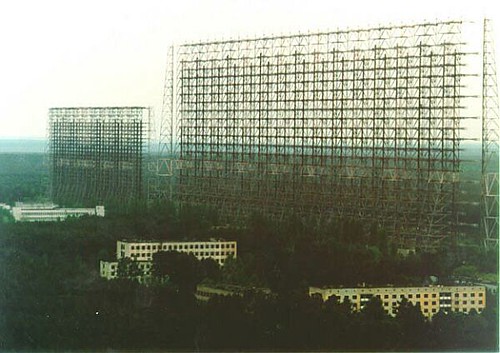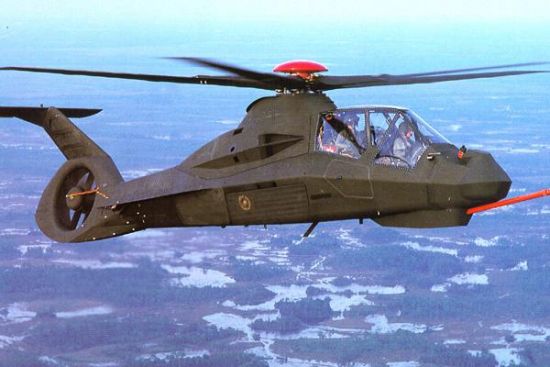Sometimes truth is stranger than fiction. Yes, it's not just a cliche--it's a song chorus. It's also true, and not fictional.
OK, now that I'm done blowing your mind, let me explain. I find that most of my writing comes from a question. Speculation, like "What would it look like if the end of the world came during your morning commute?" Or "Why are there all these dead people on a submarine?" If I want to find out the answer, chances are a reader will too.
So let me tell you about two fascinating pieces of reality whose existences (and mystery) are a little scary... and are screaming for fictionalization.
Thing Number One: Dead Hand/Perimeter
Dr. Strangelove is one of my favorite movies. And its central tenet is a "Doomsday Device" created by the Russians to deter a nuclear attack.
But, as Strangelove himself points out, it doesn't deter jack if no one knows about it:
DR STRANGELOVE
Of course, the whole point of a Doomsday Machine is lost, if you *keep* it a *secret*! Why didn't you tell the world, EH?
AMBASSADOR DE SADESKY
It was to be announced at the Party Congress on Monday. As you know, the Premier loves surprises.
The purpose of Perimeter, at least as far as anyone knows, is slightly different. It's not about deterrence, per se, because modern technology offers enough advance warning of a nuclear attack that a nuclear-armed state--*cough cough* RUSSIA *cough cough*--has enough time to respond in kind. It's more about giving those with their finger on the buttons more options... more cooling-off time, so to speak. Dead Hand means there is no need for Russian commanders to Launch on Warning--that is, fire nuclear missiles based simply on information that an attack has been launched but without knowing anything more.
Instead, the generals can trigger the system, transferring post-strike control of the nuclear arsenal to people (or possibly a computer) in a hardened bunker who, if everyone else is wiped out, issue the order to retaliate. In other words, it makes a "decapitation strike" impossible and preserves the massive retaliation option.
A New York Times article about the system quotes an expert as saying:
The dead-hand system he [Dr. Blair] describes today takes this defensive trend to its logical, if chilling, conclusion. The automated system in theory would allow Moscow to respond to a Western attack even if top military commanders had been killed and the capitol incinerated.
The heart of the system is said to lie in deep underground bunkers south of Moscow and at backup locations. In a crisis, military officials would send a coded message to the bunkers, switching on the dead hand. If nearby ground-level sensors detected a nuclear attack on Moscow, and if a break was detected in communications links with top military commanders, the system would send low-frequency signals over underground antennas to special rockets.
Flying high over missile fields and other military sites, these rockets in turn would broadcast attack orders to missiles, bombers and, via radio relays, submarines at sea. Contrary to some Western beliefs, Dr. Blair says, many of Russia's nuclear-armed missiles in underground silos and on mobile launchers can be fired automatically.
Scary stuff. But also interesting. Whose job is it man the system? Is it manned at all? How is it kept from being compromised? Does the U.S. have such a system?
You might see the answers someday in a story with my name on it.
But even that apocalyptic mystery is better-understood than....
Thing Number Two: UVB-76
So there is a radio station broadcasting from deep inside Russia on a shortwave frequency. It went on the air in 1982. And except for a few minutes over that entire 29-year history, it has broadcast nothing but unintelligible buzzing.
The exceptions? Seemingly random recitations of numbers, letters and names. One of the most recent, in August 2010, for instance, said:
"UVB-76, UVB-76 — 93 882 Naimina 74 14 35 74 — 9 3 8 8 2 Nikolai, Anna, Ivan, Michail, Ivan, Nikolai, Anna, 7, 4, 1, 4, 3, 5, 7, 4."
How often have those transmissions happened? It depends on who you ask. Some say it is as few as three; others say it is more like 25. But there is no question that it exists and the voice transmissions have happened.
Before we get into the "what the hell is this for?" speculation, there is even more weirdness afoot. For instance, conversations can occasionally be heard in the background, behind the buzzing. From that you can infer that for some reason, the buzzing noise isn't being fed directly into a transmitter... it is being played into a microphone connected to a transmitter. (you can listen here.)
Why? I have a hard time coming up with a non-fanciful explanation. But surely anyone who went through the trouble of setting up a radio station and keeping it on the air for nearly 30 continuous years is doing it for a reason.
The reason for the station's existence is even more speculative. It could be sending instructions to spies or sleeper agents, the way "numbers stations" are supposed to. It could be an important channel, and the buzzing noise is just a way of making sure those who need to know are aware it is still operating. And some have even said it's part of Dead Hand, like a dead man's switch: when the station goes dark, the missiles launch.
Of course, very few things stay secret forever.
Bonus Thing: The Russian Woodpecker
In the late '70s, a high-power, low-frequency broadcast began to be picked up all over the world. There were no words, no information that anyone could decipher: just pings, chirps or clicks, depending on how you interpreted them, a few seconds apart. Always at the same interval, but the frequency shifted occasionally.
The broadcast location was quickly pinned down as being near Chernobyl. And after years of analyzing the signal, the outside world decided it was an over-the-horizon early warning radar. The outside world was correct. It was a huge radar complex called Duga-3.
It went off the air in 1989 and its existence was acknowledged a few years later. Now there are plenty of pictures:

A funny-lookin' woodpecker.
So someday, there may be full, logical and well-evidenced accountings of numbers stations, UVB-76 and Dead Hand. And the explanations may be mundane. But for now, they get the wheels in my brain spinning. I'll start writing when I get the proper instructions.
November. Yankee. Golf. Fifteen. Eight. Sixty-five. Uniform. Fifteen. Juliet. India. Three....













